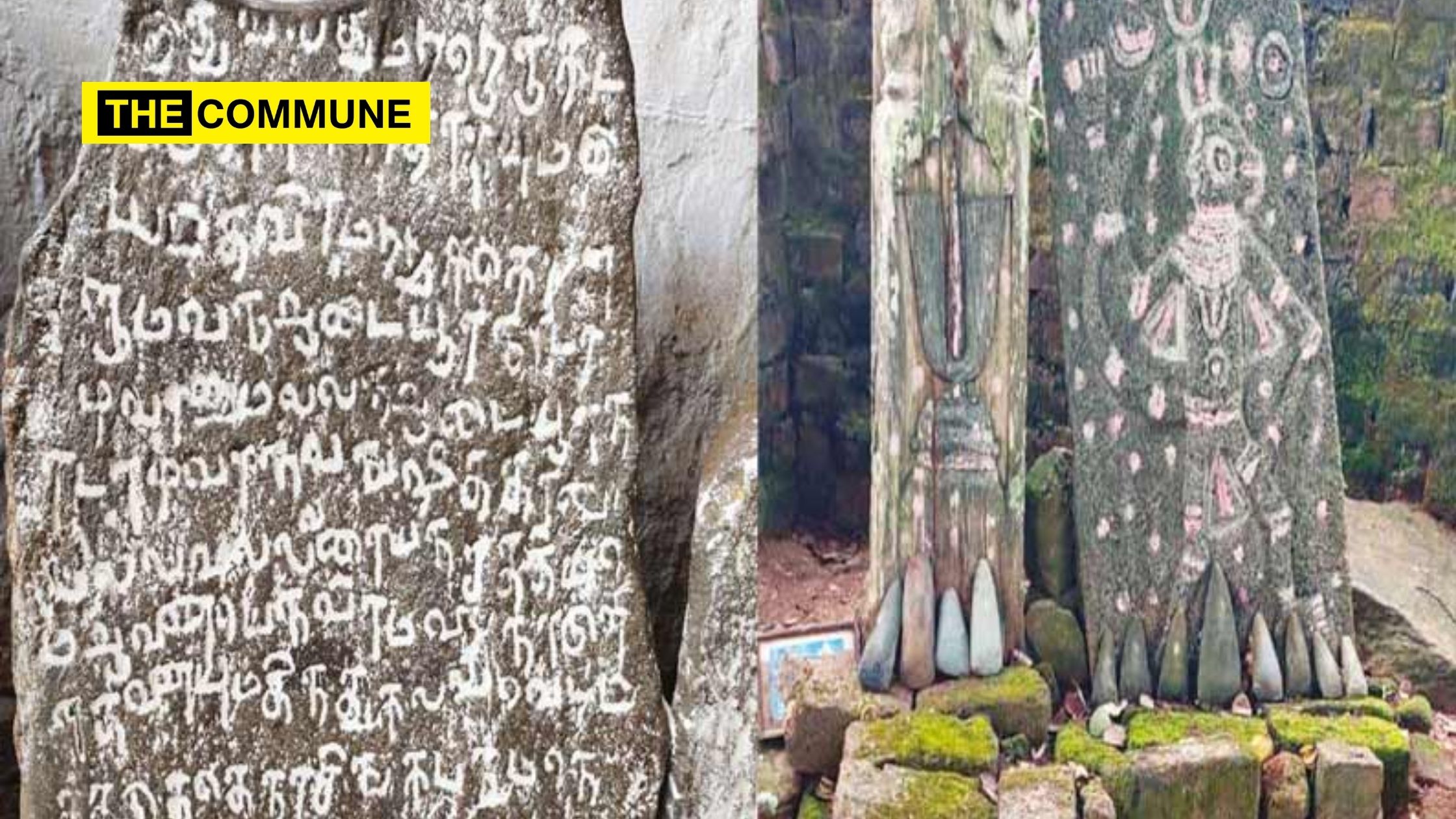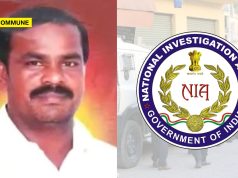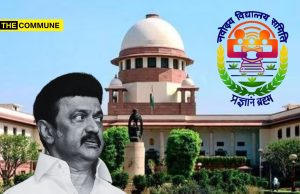
A team of researchers led by Dr. Mohan Gandhi of the Tamil departmen in Sacred Heart College stumbled upon stone tools believed to be atleast 5500 years old dating back to Neolithic period at the Javadhu Hills near Tiruvannamalai.
12 stone tools were found worshiped at the Hanuman Temple in the village of Chittoor in the Puthurnadu region. P Venkatesan, a retired archaeologist with the Archaeological Survey of India, predicts that these ancient weapons date back to the late Neolithic 3500 BC.
Some of the ancient stones look polished and sharpened while some of them were found to be damaged. They were found by the tribal community in the village near a spring while digging for agricultural work. Since then they have been collected and kept in the temple and worshiped as deities.
Apart from this, inscriptions carved during the Chola and Vijayanagara dynasties have been found in the Shiva temple located in the hill village of Mozhalai. It mentions the 16th century inscription of the Vijayanagara Empire about Veera Kambannar who reclaimed Madurai. It is known from this inscription that Kambanna was referred to as Mahamandaleswaran and Kambanna Udayar. It also notes that ‘Navira Malai’ belonged to ‘Adaiyur’.
Earlier in 2018, Dr. Mohan Gandhi’s expedition group had found stone inscriptions dating back to the Chola and Vijayanagara periods that had references to the ‘Navira Malai’, the name by which Javadu Hills could have been known some 2000 years ago. This Navira Malai is also referred in Sangam literature – Patthupaatu and Ettuthogai. The name ‘Navira Malai’ comes across in Malaipadukatakam, a part of the Patthupaatu.
The third inscription found is believed to have been inscribed by Kulothungan during his 41st year of regin. It refers to the area as the ‘Nikarili Chola Mandalam’ covering regions of Dharmapuri, Bangalore, Kolar and Tumkur in Karnataka. The inscription also talks about the donation of a village named Pudur to a ‘Muzhalainatheeswar’ temple. This temple still exists and retains the same name, while the village has taken the name Pudur Nadu.
The fourth inscription talks about the agricultural cultivation of the region. It talks about the wages to be paid person but does not say anything about the kind of crop grown.
Dr. Mohan Ganthi and his team have been continuously documenting the historical traces found in Javadu Hills.
(With inputs from The New Indian Express, Dhina Thanthi and Kathir News)




